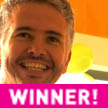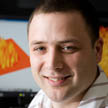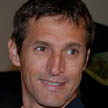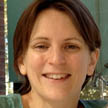Back to profile
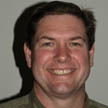
James Smith
Favourite Thing: Exploring new wilderness areas and finding/identifying animals I haven’t encountered before, be they insects, spiders, frogs, mammals or especially birds. Sharing these discoveries with others is always a real buzz!
My CV
School:
St Laurence’s College (1973-1981)
University:
University of Adelaide (2007) – Professional Certificate: Wildlife in Cities; Queensland University (1992-93) – BSc Honours: Ecology; James Cook University (1983-1986) – Bachelor of Science: Zoology & Marine Biology.
Work History:
fauNature, University of South Australia, Leo Animal Health (Britian), CSIRO (Fisheries), QLD Museum.
Employer:
South Australian Museum
Current Job:
Information Officer
Me and my work
Working in the Information Centre of the South Australian Museum, we engage and educate the public in relation to natural and cultural history, using real artefacts.
Working within a team, I identify animals of all types (e.g. Ringtail Possum), provide specific information and general advice to natural history enquiries received by the Museum.
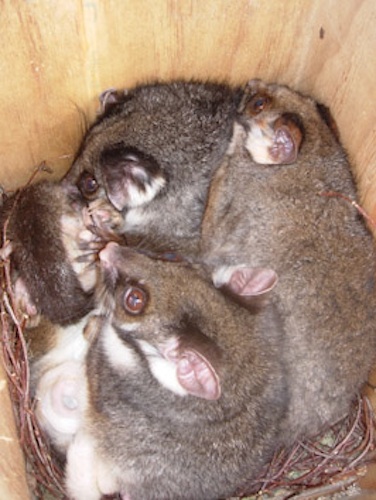
I undertake research related to the enquiries received and as a team we deliver innovative projects, which increase the understanding of natural and cultural history to visitors, across the Museum (e.g. specimen wall). These educational programs are also presented to audiences throughout regional South Australia.
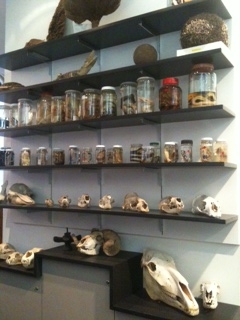
For a number of years I have been working on a photographic field guide of Adelaide’s wildlife (e.g. Mole Cricket). The Museum has supported this project and included it as part my current role.
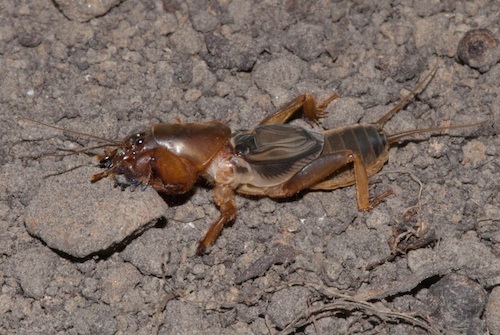
On a professional level, but outside my work at the museum, I am involved in research on hollow nesting fauna. The images below include installing a nesting box, an Adelaide Rosella visiting a box and six (6) almost fully grown Adelaide Rosella chicks in the bottom of a box. I also work educating councils, arborists and the public in relation to attracting and managing wildlife in urban and peri-urban environments.
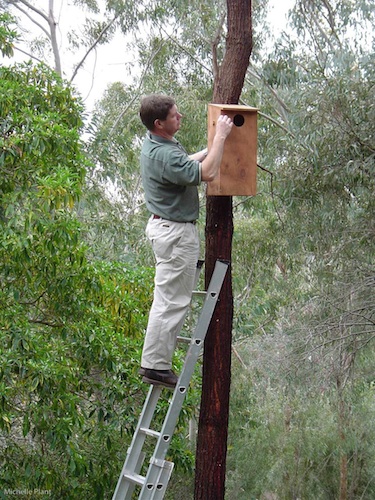
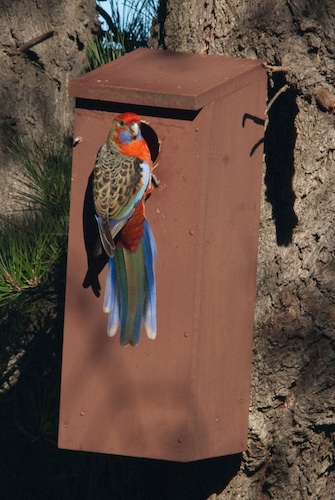
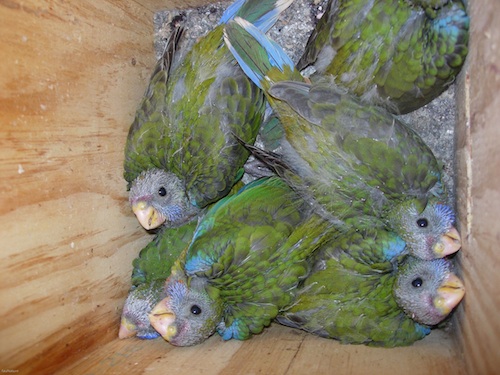
My Typical Day
I may be identifying animals and explaining their habitat needs or talking with school groups, providing access to the museum’s scientific collections, explaining the theory of evolution or sharing some insight into one of the specimens we have on display – my days are highly varied.
We commonly receive enquiries about insects (e.g. Psylid larvae), spiders (e.g. male Mouse Spider) and many other invertebrates (animals without backbones), as well as fish, frogs, reptiles, birds and mammals species. Some enquiries are focused on pest animals, others are about potentially dangerous species, but many are simply about the creatures found across the Adelaide or regional South Australia. Enquiries may be about the animal itself, some part of the animal or a trace of its presence (e.g. a track, scat, feather or bone). Natural history related enquiries often vary, depending on the season and what species are active.

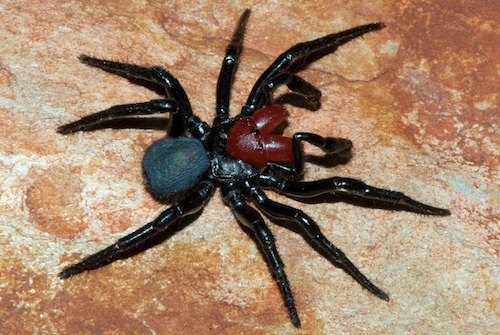
I am currently writing a book on the wildlife (e.g. Brushtail Possum and Lesser Long-eared Bat below) of the Adelaide region. This project is supported by the University of South Australia, the Adelaide and Mt Lofty Ranges Natural Resource Management Board, the South Australian Museum and the Thyne Reid Foundation, so any free time is spent researching, writing and photographing target species.
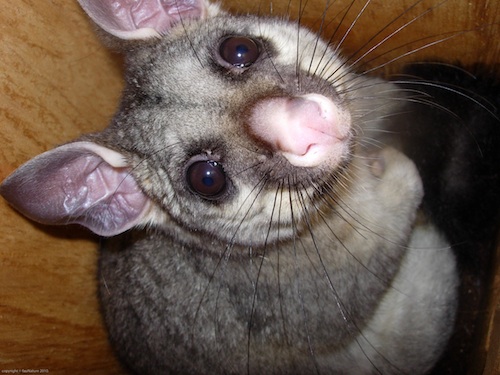
The South Australian Museum also has the largest collection of Australian aboriginal artefacts of any institution in the country. While this is not an area of personal expertise, I am regularly called on to assist with identification of cultural material and associated research.
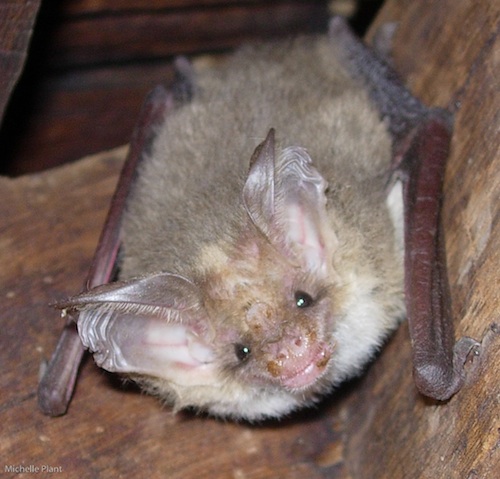
What I'd do with the money
“Beaks, Feet and Feathers” is a project the Museum is developing which will allow students investigate some of the most specialised features of birds and how they use those features to within their respective environments.
My Interview
How would you describe yourself in 3 words?
Passionate, enquiring & logical.
Who is your favourite singer or band?
Redgum – Adelaide band from the 70s & 80s
What is the most fun thing you've done?
Snowboarding or camping with my son.
If you had 3 wishes for yourself what would they be? - be honest!
1) The critical role the natural environment plays in human existence be recognised and valued. 2) The importance of urban wildlife is appreciated, not because it is either rare or unusual, but because it offer one of the few connections most Australians have to the natural world, in their day to day lives. 3) My son and I share a lifelong passion for wildlife.
What did you want to be after you left school?
Veterinarian or Zoologist
Were you ever in trouble in at school?
On occassions – typically as a distracting influence to other students or by challenging and questioning teachers about science (not something they appreciated at the time, but I’m sure it’s different now).
What's the best thing you've done as a scientist?
As a zoologist I presented at an arboriculture (tree) conference – in doing so I was able to challenge existing practices within the industry in relation to tree management and pruning. Forward thinking members of the industry now manage trees not just for human safety and appearance, but to increase their value for wildlife.
Tell us a joke.
“Are we venomous?” the baby snake asked her mother. “Yes dear”, she answered “Why do you ask”. “Because I’ve just bitten my tongue”.
Sports followed
Cricket, Rugby Union, Rugby League (State of Origin) and occassionally swimming.
Favourite team
Wallabies
My profile link:
https://boron.imascientist.org.au/profile/jamessmith/



